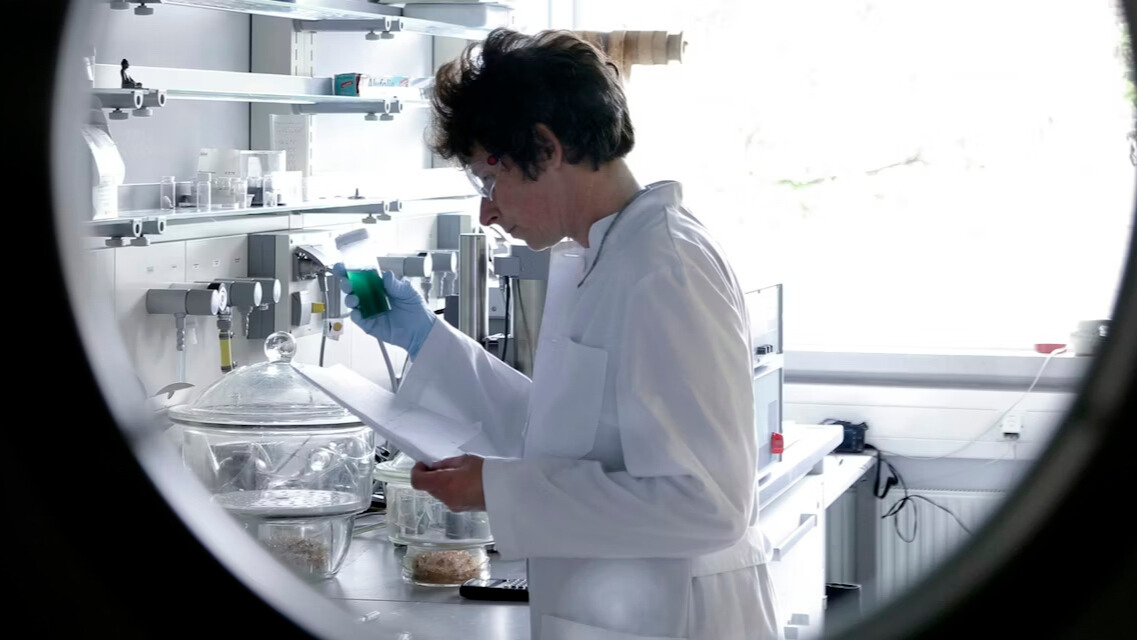See How Earth's Moon Evolved in New NASA Videos

Two new NASA videos use the latest close-up imagery of the moon from the Lunar Reconnaissance Orbiter to reveal Earth's natural satellite in a whole new light.
One video zooms over the moon to reveal its most prominent features. Imagery from the spacecraft shows these lunar highlights in high-resolution detail, revealing deep craters, towering mountains, and even leftover equipment at the NASA's Apollo moon landing sites.
This narrated "best-of" tour of the moon includes photos of Orientale Basin, Shackleton crater, South Pole-Aitken Basin, Tycho crater, Aristarchus Plateau, Mare Serenitatis, Compton-Belkovich volcano, Jackson crater and Tsiolkovsky crater.
The second video uses Lunar Reconnaissance Orbiter photos to animate the history of the moon from its formation around 4.5 billion years ago through today.
Both videos were created by the Lunar Reconnaissance Orbiter team at NASA's Goddard Space Flight Center in Greenbelt Md., in honor of the probe's 1,000th day in orbit. LRO was launched June 18, 2009, from Cape Canaveral, Fla.
The moon is thought to have been created when a large space rock slammed into Earth and broke off a chunk of our planet. This collision was so powerful it would have melted rock, leaving the moon a hot, liquid blob for its early years. As this molten magma melted over time, the lunar crust formed.
But the moon was soon disturbed again by another huge asteroid impact. Between 4.5 and 4.3 billion years ago, scientists think a giant object crashed into the moon's south pole and created the South Pole-Aitken Basin. This feature, still visible today, is one of the two largest known impact basins in the solar system.
Get the world’s most fascinating discoveries delivered straight to your inbox.
And that collision was not an isolated incident. The moon went through an early period of bombardment by many space rocks of varying sizes, though none were quite as gigantic as the rock responsible for the South Pole-Aitken Basin.
The video illustrates the effect of this action on the early moon. Because the moon's insides hadn't completely cooled by this point, magma would have seeped through the cracks on the moon's surface caused by these impacts.
Over time, this volcanic activity subsided as the moon further cooled and impacts became less frequent. The moon's current barren, seemingly unchanging face belies the volatility of its early life, though.
This story was provided by SPACE.com, a sister site to LiveScience. Follow SPACE.com for the latest in space science and exploration news on Twitter @Spacedotcom and on Facebook.




